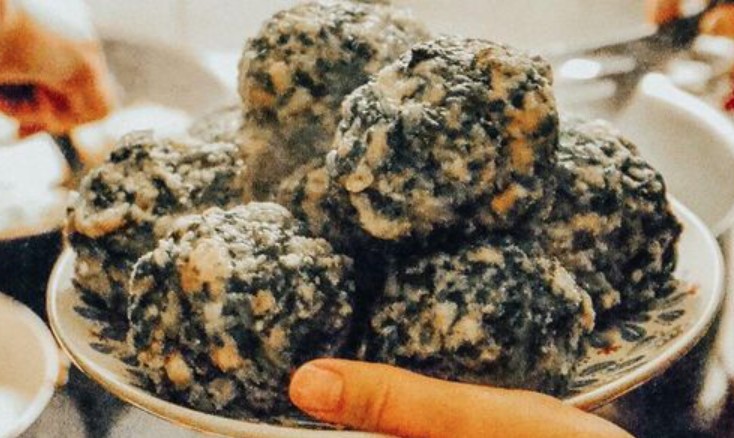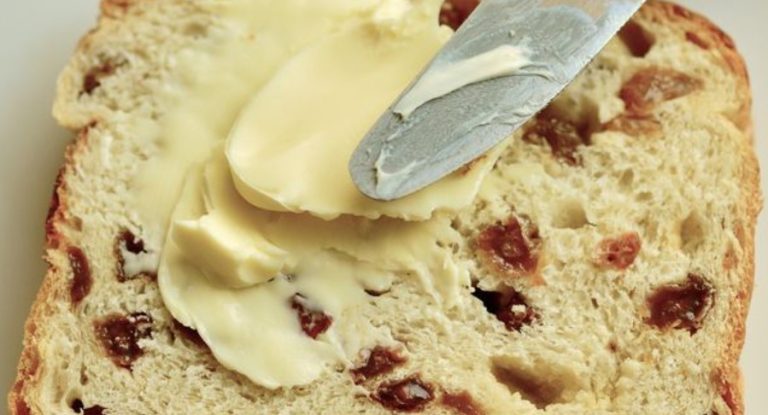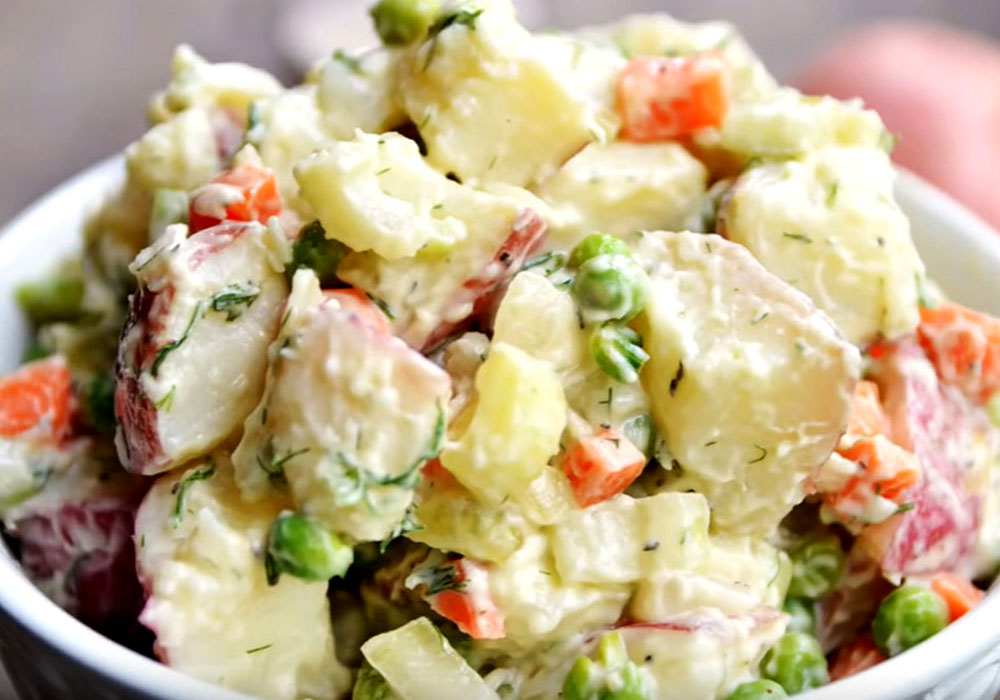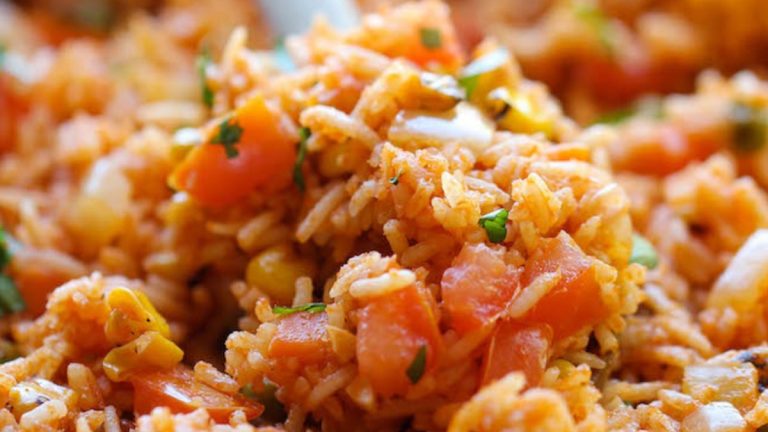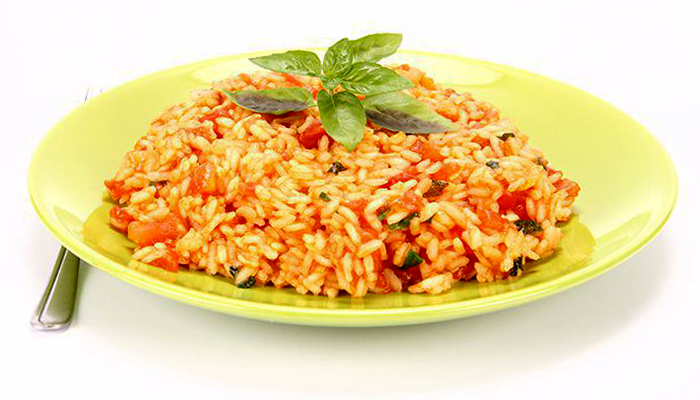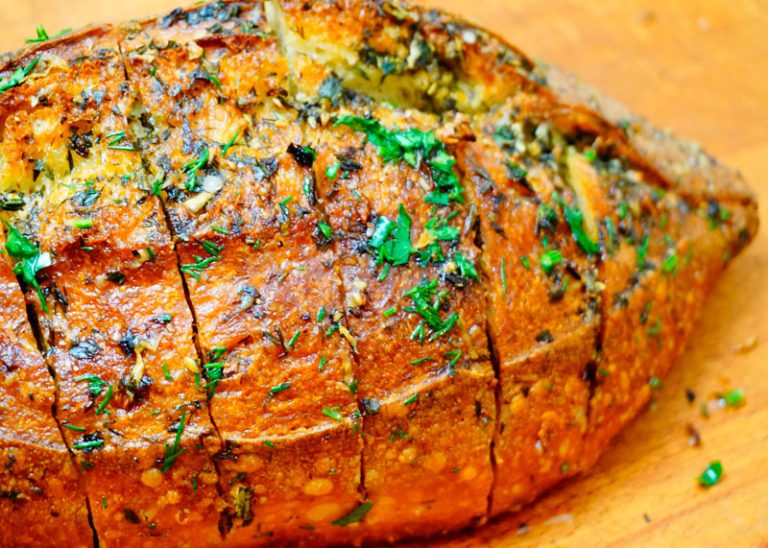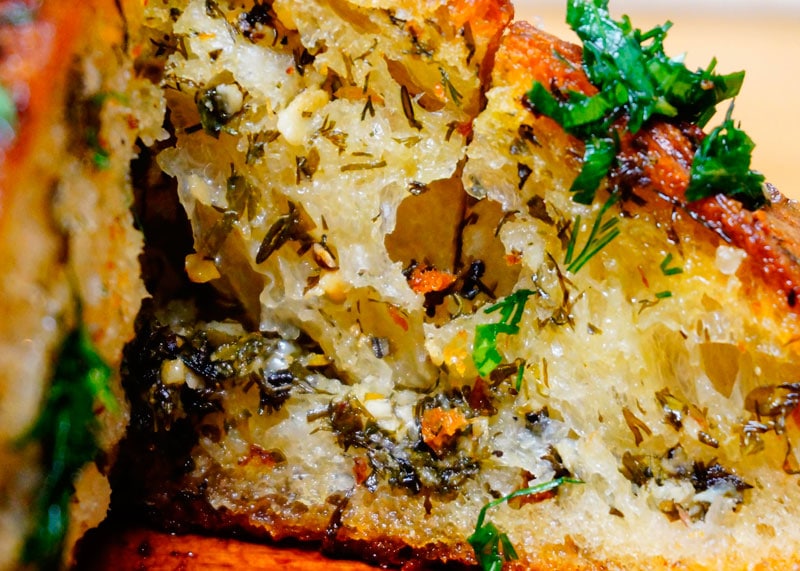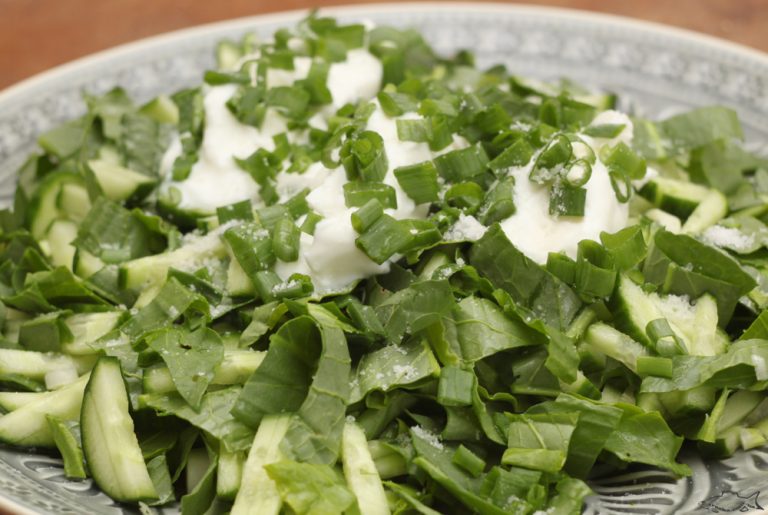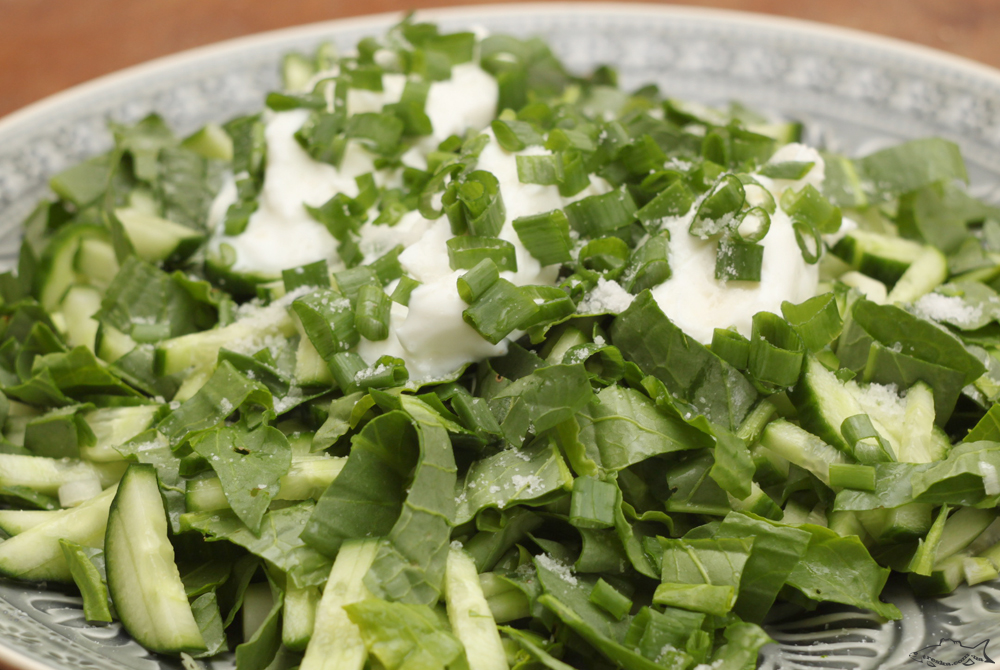Yeast dough is versatile and not difficult to make. We will show you a classic and a vegan recipe for sweet yeast dough and tell you what is important when it comes to the dough – and also how it is made into a braid.
Recipe for vegan yeast dough without egg, butter, and milk

You can easily make a vegan, sweet yeast dough yourself.
You need for this:
500 g flour (light organic wheat or spelled flour)
80 grams of sugar
1 cube of yeast
250 ml plant milk (e.g. oat or soy milk)
70g vegan margarine
1 tsp apple cider vinegar
1 pinch of salt
Optional: some light-colored jam for spreading, quince or apricot jam without pieces is best.
You also need:
a bowl,
a whisk,
a kitchen scale,
a pastry brush,
a clean tea towel.
This is how the vegan yeast dough succeeds
Whether for Easter or for a nice Sunday breakfast – you can easily make a vegan yeast plait yourself with a little preparation time. There is no need to use eggs, milk or butter, because this vegan yeast dough is delicious and buttery soft.
How to make the dough:
Place all liquid ingredients and in a bowl. The plant-based milk and margarine should be lukewarm.
Add the yeast cube and stir until it has dissolved.
Then add the salt and sugar to the liquid.
Add the flour while stirring constantly until the dough has reached the typical consistency.
Knead the dough well on a floured work surface for several minutes.
Cover the bowl with a tea towel and let the dough rise in a warm place for at least an hour. The cloth is important to protect the dough from drafts.
The dough is ready when it has doubled in size.
Important: The decisive factor for a successful yeast dough is the temperature. With fresh yeast, the liquid should be warm but not hot. If it’s too hot, the yeast culture will die and your dough won’t rise. Cold, on the other hand, does not harm the yeast. It just takes longer for your dough to rise. If you’re not in a hurry, you can leave the dough in the fridge overnight and bake it the next day.
This is how you succeed in making the perfect yeast braid
Take the dough out of the bowl and knead it well again on a floured work surface.
Divide the dough into three equal parts and form long strands out of the dough balls.
Braid the strands of dough loosely and pinch the ends together.
Use a pastry brush to brush the braid with some light-colored jam or plant-based milk.
Place the braid on a baking sheet and let it rise for another 20 minutes.
Halfway through the resting time, preheat the oven. If you want to bake with top and bottom heat, set the stove to 200 degrees Celsius and 175 degrees Celsius for circulating air.
Bake the braid on the bottom shelf of the oven for about 25 minutes.
Take the braid out of the oven and let it cool down a bit.
Recipe for classic yeast dough

For a classic yeast dough you need:
500g flour
80 grams of sugar
1 cube of yeast
250 ml lukewarm milk
70 grams of butter
1 pinch of salt
1 organic egg
You also need:
a bowl,
a whisk,
a kitchen scale,
a pastry brush,
a tea towel.
The preparation and processing of the classic yeast dough hardly differs from that of a vegan one. The following variant is for a yeast dough with pre-dough:
Sift the flour into a bowl and mix it with a pinch of salt.
In another bowl, mix lukewarm milk with sugar and crumble in the yeast. Stir the liquid a little until the yeast has dissolved.
Make a well in the flour and pour in the liquid. Thicken the yeast milk with a little flour using a spoon and then leave the bowl covered for 15 minutes.
Then add the other ingredients and knead the dough for several minutes.
Cover the bowl with a tea towel and let the dough rise in a warm place for at least an hour.
The dough is ready when it has doubled in size.
You can use this dough as a base for cakes or a yeast plait. If you want to make a yeast plait, you can brush it with milk before baking to brown it nicely.
Tip: If you made too much dough, you can freeze the leftover yeast dough. It will last up to six months this way.




